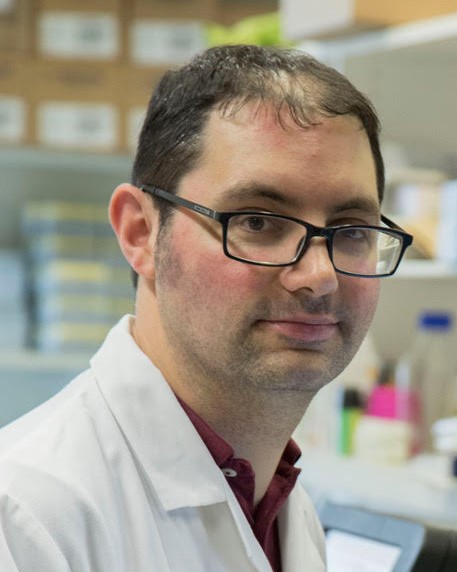Tony Brooks began his career in genetics at Queen Mary University in 2007 before moving to the UCL Genomics Core facility. The facility, established in 2001, had grown from two scientists running microarrays to a team of 18, focusing on various genomics streams, including nucleic acid extraction, bioinformatics, and education initiatives.
Brooks highlighted the importance of automation in genomics, particularly through the use of the Hamilton Nimbus system for nucleic acid extraction. This system, a hybrid of two robots, efficiently processed 96 samples in under an hour. The facility also employed various quality control systems, including fluorescence QC and traditional methods like Qubit for quantification.
The STAR NGS system was used for library preparation, allowing for flexibility and quick adaptation to new assays. This system enabled the facility to stay competitive with commercial vendors. The Watchmaker RNA kit was successfully automated, streamlining the library prep process by reducing the number of SPRI bead cleanups, thus minimising sample loss.
Brooks discussed the validation processes using cell line RNA, emphasising the consistency achieved through automation compared to manual methods. Adjustments to fragmentation times improved outcomes, demonstrating the facility's commitment to quality control.
The presentation concluded with a discussion on future advancements in automation and normalisation processes. The recent introduction of the Qiagen normaliser kit showed promise for improving sample consistency. Brooks's work at the UCL Genomics Core facility showcased significant advancements in high-throughput genomics through automation, innovative workflows, and a commitment to quality control.





